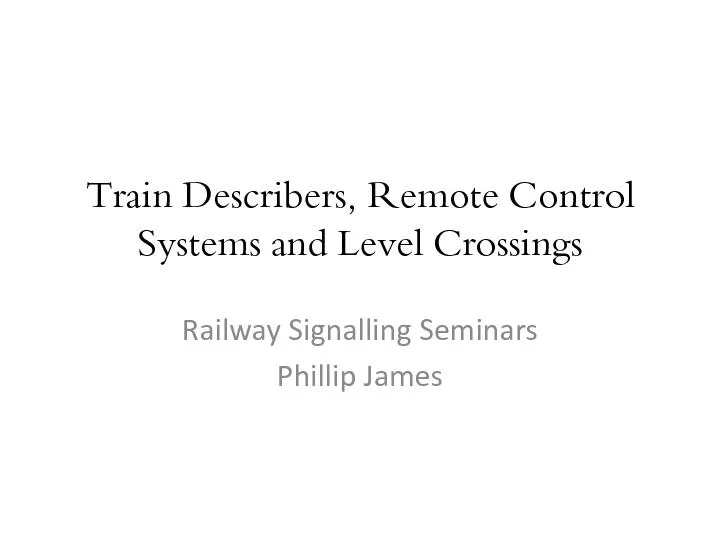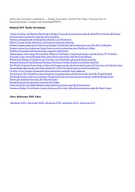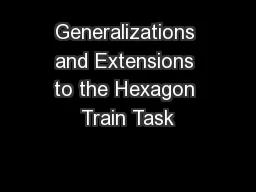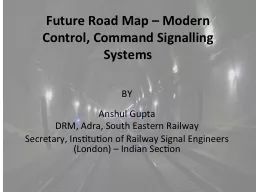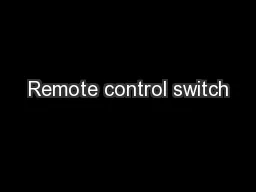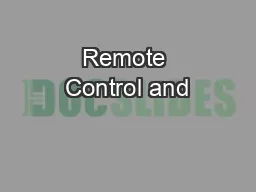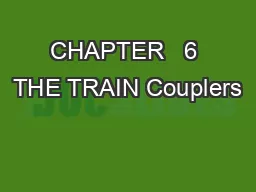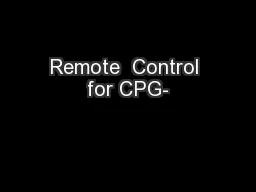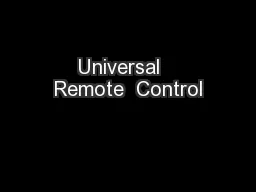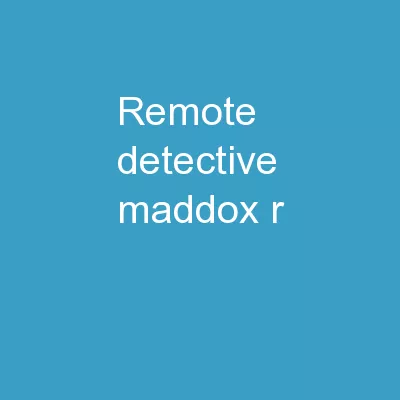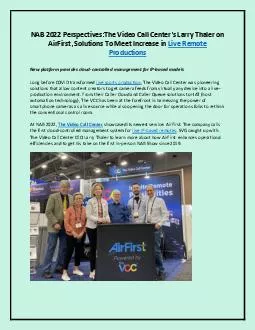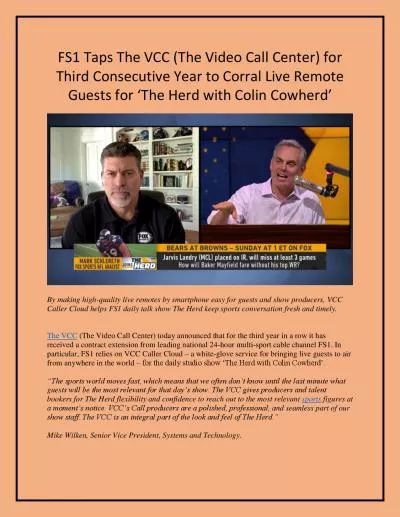PDF-Train Describers, Remote Control
Author : alexa-scheidler | Published Date : 2016-03-12
Systems and Level Crossings Railway Signalling Seminars Phillip James Overview x2022 Train Describers x2022 Remote Control Systems x2022 Level Crossings Train Describers IDx2019s
Presentation Embed Code
Download Presentation
Download Presentation The PPT/PDF document "Train Describers, Remote Control" is the property of its rightful owner. Permission is granted to download and print the materials on this website for personal, non-commercial use only, and to display it on your personal computer provided you do not modify the materials and that you retain all copyright notices contained in the materials. By downloading content from our website, you accept the terms of this agreement.
Train Describers, Remote Control: Transcript
Download Rules Of Document
"Train Describers, Remote Control"The content belongs to its owner. You may download and print it for personal use, without modification, and keep all copyright notices. By downloading, you agree to these terms.
Related Documents

